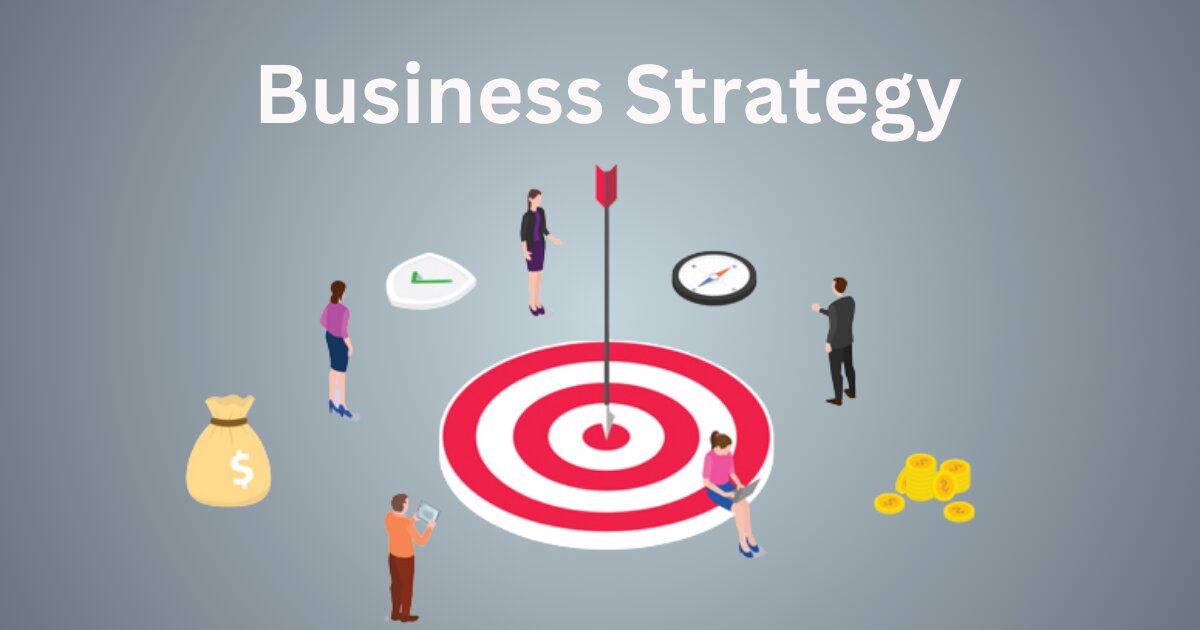
Business Strategies
Business strategies are comprehensive plans and approaches formulated by organizations to achieve specific goals and objectives. These strategies outline how a company intends to allocate resources, compete in the market, and create value for stakeholders. They typically encompass various aspects of the business, including marketing, operations, finance, human resources, and innovation. Business strategies guide decision-making processes and help organizations navigate challenges and opportunities in their industry or market environment. They are designed to provide a roadmap for achieving sustainable competitive advantage and long-term success.

Business positioning
Business positioning refers to how a company strategically places itself in the minds of consumers relative to competitors. It involves creating a distinct image and perception of the brand in the marketplace to differentiate it from others and attract target customers. This positioning is achieved by emphasizing unique value propositions, competitive advantages, and key attributes that resonate with the target audience. Effective business positioning helps consumers understand why they should choose a particular brand over others, leading to increased brand awareness, customer loyalty, and market share.

Business Analysis Internal
Internal business analysis involves evaluating an organization's internal factors such as structure, processes, resources, and performance to identify strengths, weaknesses, and areas for improvement, aiding in strategic decision-making and optimization.

Business Analysis External
External business analysis involves evaluating factors outside the organization such as market trends, competition, regulations, and technological advancements to understand opportunities and threats, helping businesses adapt strategies and remain competitive.

Competition Strategy
Competition strategy involves understanding the market, setting objectives, analyzing strengths and weaknesses, positioning your brand uniquely, targeting specific audiences, developing competitive advantages, segmenting the market, innovating products, pricing effectively, optimizing distribution, promoting effectively, enhancing customer experience, monitoring competitors, adapting strategies, seeking partnerships, and ensuring legal and ethical compliance.

Customer Retention
Customer retention refers to the efforts made by a business to maintain and strengthen relationships with existing customers. It involves strategies and initiatives aimed at encouraging repeat purchases, fostering loyalty, and preventing customers from switching to competitors. Customer retention efforts often include providing excellent customer service, offering loyalty programs, personalized communication, proactive problem-solving, and ensuring overall customer satisfaction. The goal of customer retention is to maximize the lifetime value of existing customers, leading to increased revenue and sustained business growth.

Customer Acquisition
Customer Acquisition refers to the process of attracting new customers to a business or organization. It involves various marketing and sales tactics aimed at identifying potential customers, persuading them to make a purchase or engage with the company's products or services, and ultimately converting them into paying customers. Customer acquisition strategies can include advertising campaigns, content marketing, social media engagement, search engine optimization (SEO), email marketing, direct sales efforts, referrals, and other methods aimed at expanding the customer base and driving revenue growth.

Growth
Business growth involves increasing revenue, market share, and profitability over time. It's achieved through strategies like increasing sales, expanding into new markets, scaling operations, forming strategic partnerships, innovating products/services, focusing on customer satisfaction, managing finances effectively, and executing strategic plans. Successful business growth requires vision, planning, and proactive execution.

Finance
Finance is a broad term that describes activities associated with banking, leverage or debt, credit, capital markets, money, and investments. Essentially, finance represents money management and the process of acquiring needed funds. Finance also encompasses the oversight, creation, and study of money, banking, credit, investments, assets, and liabilities that make up financial systems.

Marketing
Marketing refers to any actions a company takes to attract an audience to the company's product or services through high-quality messaging. Marketing aims to deliver standalone value for prospects and consumers through content, with the long-term goal of demonstrating product value, strengthening brand loyalty, and ultimately increasing sales. Marketing includes advertising, selling, and delivering products to consumers or other businesses. Some marketing is done by affiliates on behalf of a company.

Pricing
Pricing is the process whereby a business sets the price at which it will sell its products and services, and may be part of the business's marketing plan. In setting prices, the business will take into account the price at which it could acquire the goods, the manufacturing cost, the marketplace, competition, market condition, brand, and quality of product.
